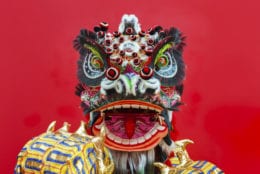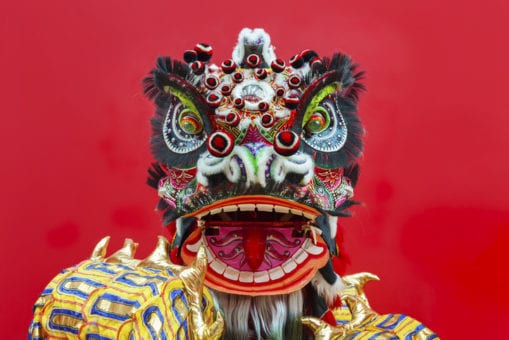
Asian Americans and Pacific Islanders (AAPI) live in a close-knit community with their family being at their center. Signs of weakness and negative emotions are shunned upon, and as a result, any mental health disorder is pushed under the rug due to the stigma of being “weak.” If an individual in an Asian American family admits that he or she needs help for their mental health, their parents and other family members may experience fear and shame. They may assume that their son or daughter’s condition is a result of their poor parenting or a hereditary flaw. Seeking help from those outside the immediate family also conflicts with the Asian- and Pacific Islander-specific cultural value of interdependence. After all, in their view, why would someone pay to tell a stranger their problems when they should be relying on the strength of their close-knit community? According to some Asian American mental health statistics, mental health stigma still exists within the AAPI community. Celebrating Lunar New Year this month can also be a way to shed light on mental health disorders within the Asian American community.
The Lunar New Year begins the year according to the lunar calendar. Unlike the Gregorian calendar generally used in Western countries, the lunar calendar is determined by the cycles and phases of the moon. The Lunar New Year is best known as the Chinese New Year, although this calendar is observed by other cultures as well. Vietnamese, Korean and other Asian cultures traditionally follow the lunisolar calendar and the Hebrew, and Hindu traditional calendars are also based on moon cycles. A purely lunar calendar is determined exclusively by the phases and cycles of the moon. Each New Year begins on the day of the first new moon of the year, which occurs in late January or early February of the standard Gregorian calendar. February 5th was The Lunar New Year for 2019 and is deemed the Year of the Pig; millions of individuals around the world celebrated. The Lunar New Year is traditionally an Asian holiday, and according to the United States Census Bureau in 2014, there are 19 million people in the United States who identify as Asian/Pacific Islander, up from 11 million people just fifteen years earlier. Six million of these individuals in California followed by 1.7 million who live in New York. With such a high Asian American prevalence in the United States, mental health in this population, like many minority populations, is often overlooked.
Taking a look at the statistics: Asian American mental health stigma in the U.S.
According to the Centers for Disease Control and Prevention, in general, Asian Americans and Pacific Islanders (AAPI) report fewer mental health concerns than do whites. However:
- 19 percent of Asian American high school students say considering suicide, versus 15.5 percent of whites.
- 10.8 of Asian American high school students report having attempted suicide, compared to 6.2 percent of whites.
- Asian American high school females are twice as likely (15 percent) to have attempted suicide than males (7 percent).
- Suicide death rates are 30 percent higher for 15-24 year old Asian American females than they are for white females (5.3 versus 4.0).
- Suicide death rates for Asian American females, over the age of 65, are higher than they are for white females (4.8 to 4.5).
- Nearly 1 out of 2 Asian Americans will have difficulty accessing mental health treatment because they do not speak English or cannot find services that meet their language needs.
- Before the passage of the Affordable Care Act, 15 percent of Asian Americans, and 18 percent of Pacific Islanders lacked health insurance.
- Relative to other U.S. populations, Asian Americans are 3 times less likely to seek mental health services
Breaking down barriers for all ethnicities
There’s an underlying fear among the Asian American and Pacific Islander (AAPI) community that getting mental health treatment means you’re “crazy.” As a society, regardless of gender or ethnicity, we need to come together to break down that barrier for all cultures. Our society needs to encourage the AAPI community to ask for help and prioritize their mental health, even if it means jeopardizing their family values. Eliminating stigma is critical. More states need to follow Virginia and New York to pass legislation that requires mental health education and awareness in schools, and that even goes a step further by being tailored for minority communities including the Asian American and Pacific Islander (AAPI) community. Until such legislation is passed, it’s up to us individually to break down stigma within our circles of friends and family. Mental health professionals must come together to understand minority cultures and offer treatments targeted toward these communities in addition to recruiting fellow minority mental health professionals.
